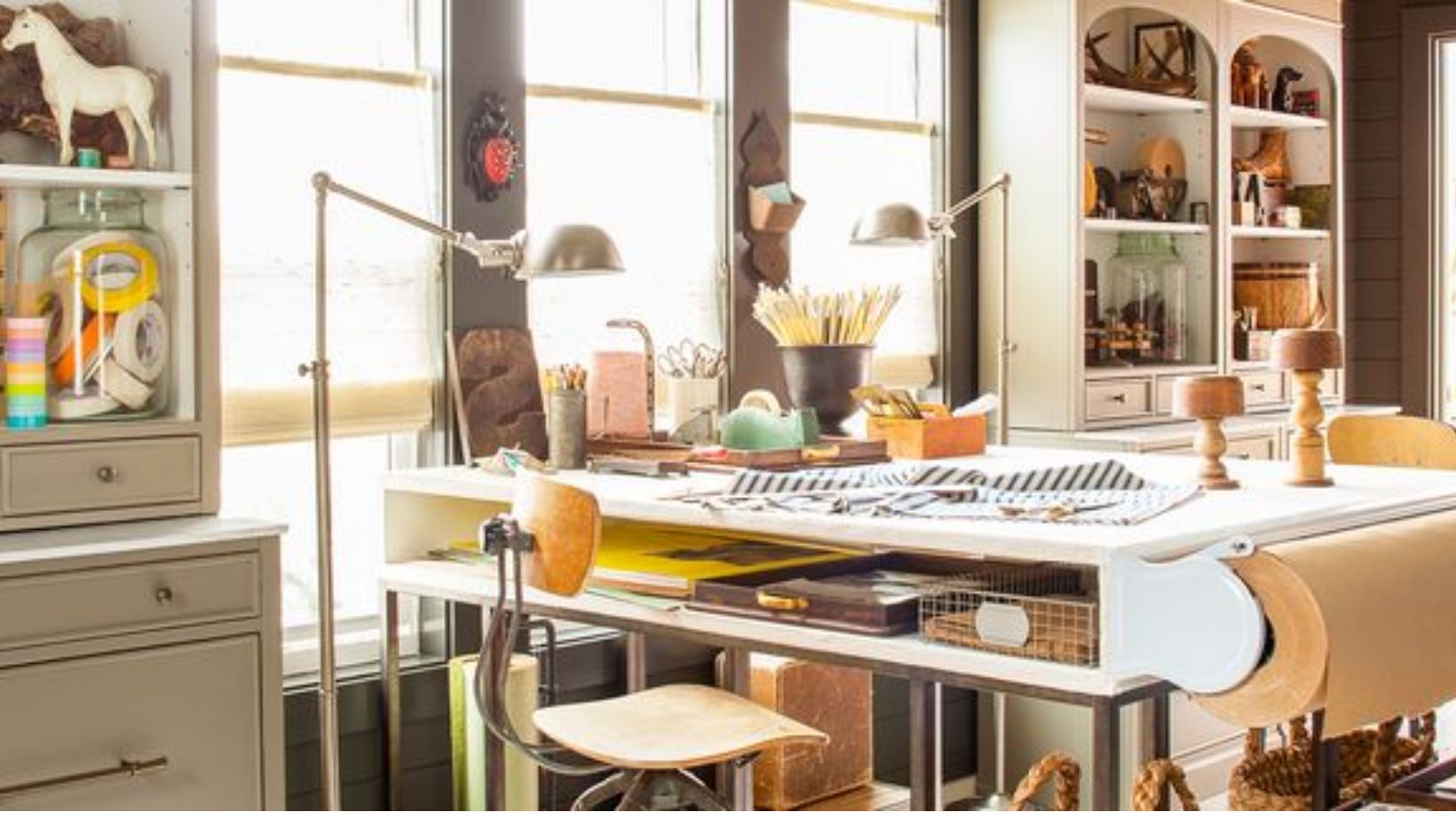Your home is more than just a physical structure; it’s a reflection of your personality, style, and comfort. Every room within it is a canvas waiting for your creative touch. Whether you’re moving into a new space or considering a revamp of your current home, designing each room is an exciting endeavor. In this comprehensive guide, we’ll take you through the process of house room design, helping you transform your living spaces into expressions of your unique taste.
- Discovering Your Design Identity
Before diving into room design, take a moment to explore your design preferences. Are you drawn to minimalist elegance, rustic charm, or perhaps a vibrant bohemian atmosphere? Understanding your design identity will serve as a foundation for crafting cohesive room aesthetics.
- Defining the Purpose
Each room in your house serves a distinct purpose. Whether it’s a cozy bedroom, a functional kitchen, a serene study, or a lively living room, identify the primary function of each space. This will guide your design choices, ensuring that aesthetics align with functionality.
- Color Palette Selection
Colors play a pivotal role in setting the mood of a room. Choose a color palette that resonates with the room’s purpose and your design identity. Consider the psychology of colors – cool tones for relaxation, warm tones for coziness, and bold accents for visual interest.
- Furniture Arrangement and Selection
Furniture arrangement is both an art and a science. Plan how each piece will fit into the space while allowing comfortable movement. Invest in furniture pieces that complement your chosen design style and serve the room’s purpose effectively.
- Lighting Ambiance
Lighting can transform a room’s atmosphere entirely. Incorporate a mix of ambient, task, and accent lighting. Consider natural light sources as well. Layered lighting adds depth and warmth to your room’s design.
Read more.. Ingenious Space Optimization: 10 Creative Strategies for Enhancing Your Small Living Room’s Interior Design
- Textures and Patterns
Incorporate textures and patterns to add visual interest to your rooms. Mix soft textiles like rugs and cushions with hard textures like wood and metal. Play with patterns in moderation to avoid overwhelming the space.
- Art and Decor
Personalize your rooms with art and decor that resonate with you. Whether it’s a gallery wall of family photos, statement art pieces, or quirky decor items, these additions infuse your personality into the design.
- Storage Solutions
Efficient storage is crucial for maintaining a clutter-free environment. Integrate storage solutions that blend seamlessly with the room’s design. Built-in shelving, hidden storage under furniture, and multi-functional pieces are all excellent options.
Read more.. 10 Tips for Creating a Cozy and Stylish Bedroom Design
- Balance and Symmetry
Achieving visual balance and symmetry creates a harmonious design. Balance doesn’t necessarily mean everything is symmetric; it’s about distributing visual weight evenly to avoid overwhelming one side of the room.
- Evolution of Design
Remember that room design is an ongoing process. As your needs and preferences evolve, so can your room’s design. Don’t be afraid to tweak elements, rearrange furniture, or incorporate new decor over time.
Final Thoughts
Designing the rooms in your house is a journey of self-expression and creativity. Every room presents a chance to curate an exceptional area that resonates with your way of life and ushers in happiness. While you set forth on this voyage of design, bear in mind that strict conventions are absent – the utmost priority lies in your rooms mirroring your essence and cultivating that unmistakable sense of belonging.
[Disclaimer: This article is meant to provide general guidelines for house room design and does not replace professional interior design advice. If you require personalized design assistance, consulting with a professional interior designer is recommended.]
Read more.. Elevate Your Living Space: 10 Captivating Interior Design Ideas for Your Living Room

